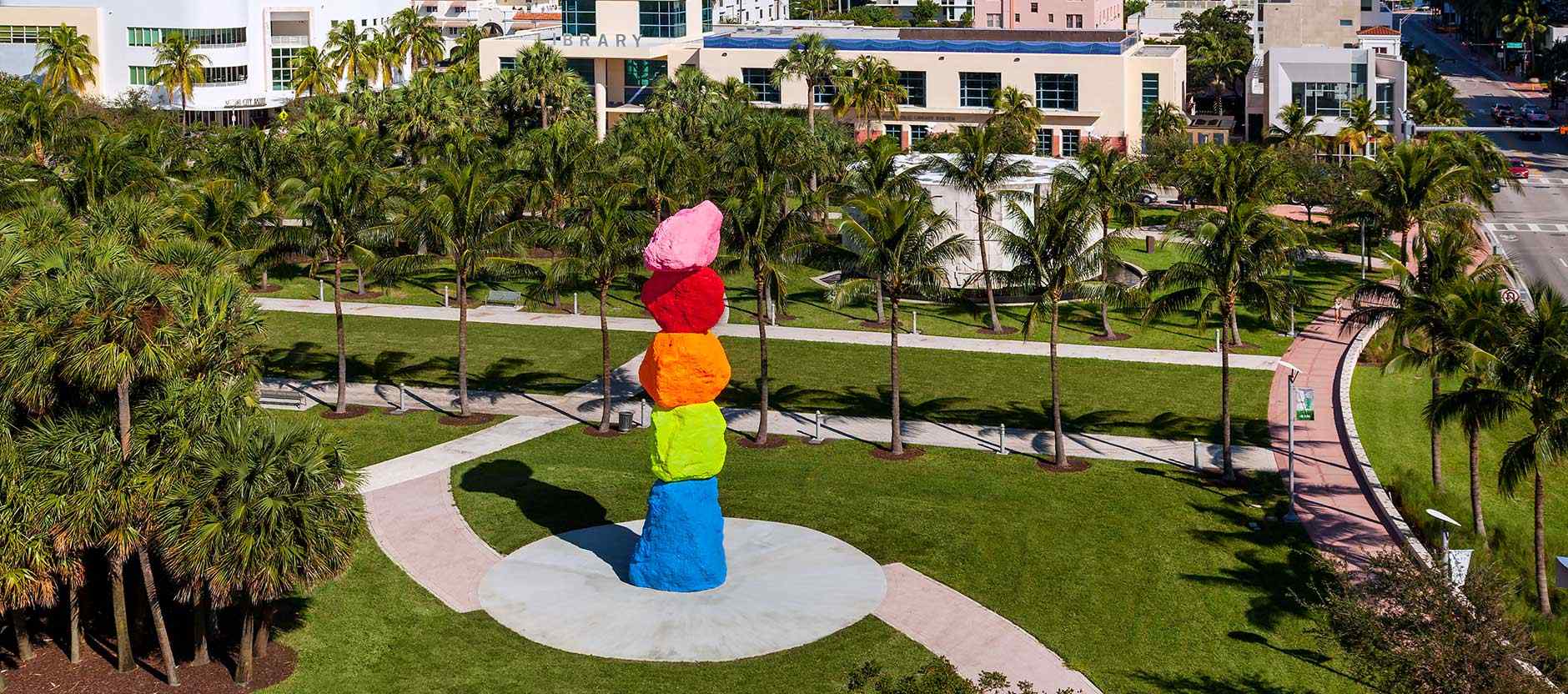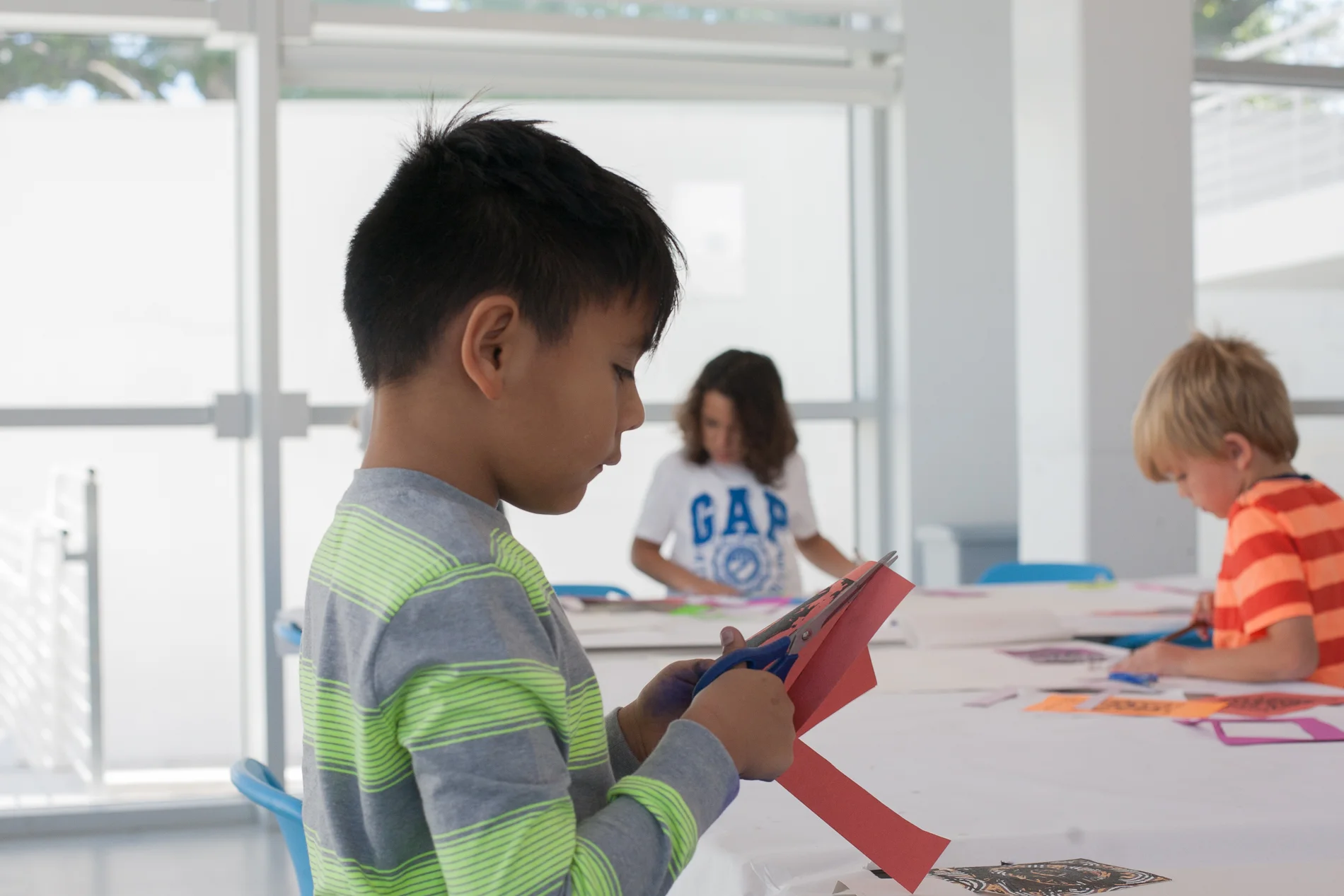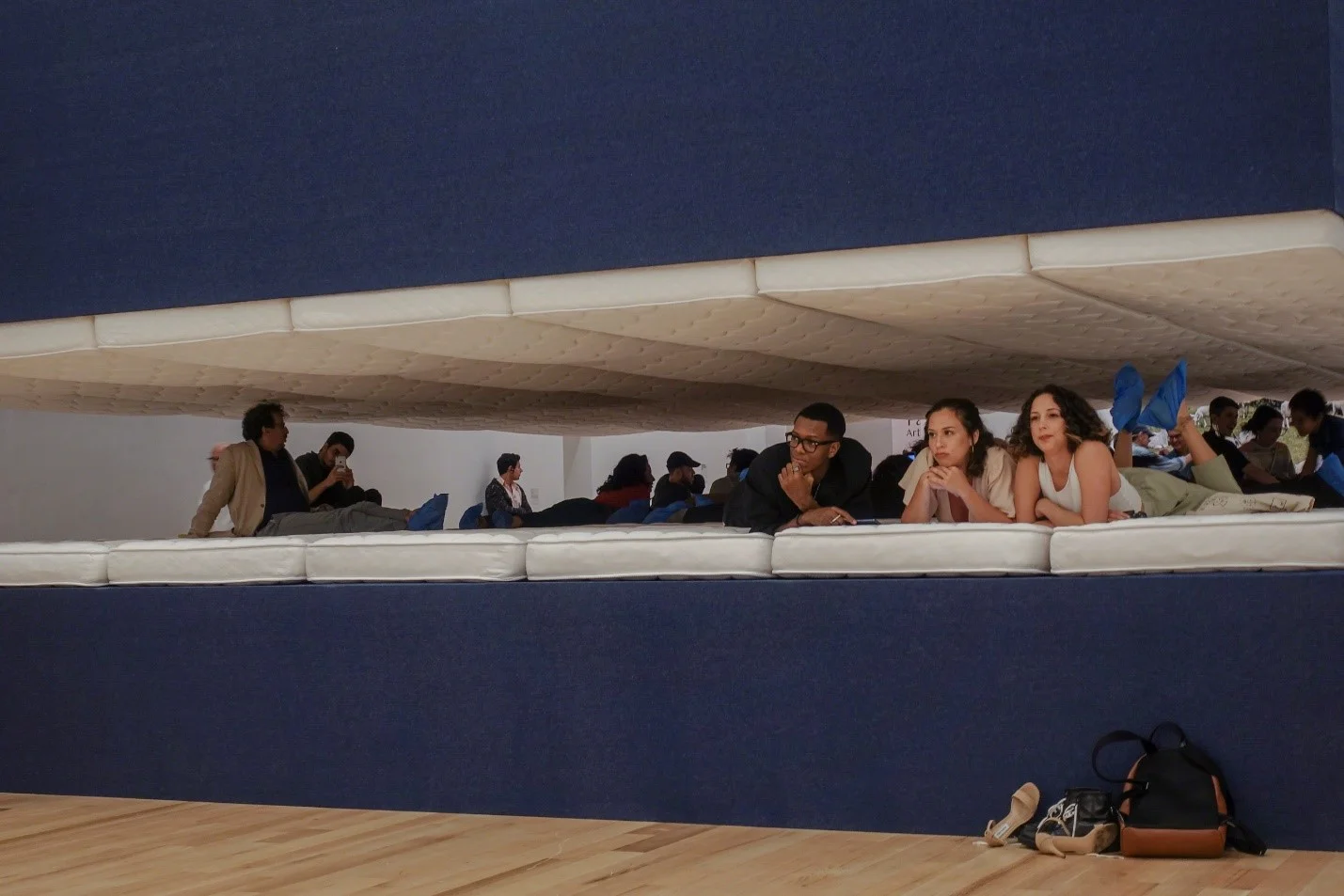
Authored by George Lindemann
This week there will be flooding of sorts in Miami. The leaders of major art institutions, collectors, great talents and influencers in the art community will pour into Miami for Art Basel and the array of fairs that happen alongside it. As always, it will an extraordinary coming together that illustrates the depth, intelligence, creativity, and culture we collectively cherish. Precious works have been shipped to our docks and one-of-a kind shows are being staged for just a short week in South Florida, a region dealing with the real effects of climate change. So, with Art Basel Miami upon us again, what better moment and place to ask the stewards of our cultural heritage this essential question: how are we addressing climate change in the art world?
This is not just a question for those of us who operate in South Florida. This is a question for the global art community. In June, the Seine in Paris overflowed, forcing the Louvre to evacuate priceless artwork from its first floor. We saw what a costly and dangerous proposition moving irreplaceable masterpieces could be. But we are also seeing foresight. In London, the Victoria and Albert Museum spent four years studying the climate in the museum in the hopes of creating the best possible environment for the objects on display there. Subsequent facility renovations and climate specifications including temperature, humidity, and air filtration controls are customized to the collections. The best conditions to show and preserve works on parchment, for example, differ from the best conditions for tapestries.
In response to our changing climate, arts institutions have a moral obligation to reassess a wide range of responsibilities including facilities management, asset protection, exhibition choices, collections stewardship, endowment investments, sponsorships and even boards.
As President of the Bass in Miami Beach, I can tell you we are just starting this hard, yet vitally important work. Last month, our board affirmed its commitment to addressing these concerns by forming a special task force that will examine how we can operate responsibly given changing climate patterns. We will be reaching out to thought leaders in our community and people on the forefront of resilience planning to ask for their partnership and advice. Prioritizing this issue at the board level is our humble first step.
From a facilities perspective if we were building a museum from scratch, we would certainly look for the highest point possible on our barrier island. But the Bass has occupied its historic landmark building for fifty years, so we are staying put and trying to mitigate the problems caused by rising water. We intend to look at what we can change, like more responsible water and energy management. Small steps like adjusting the temperature levels on different floors, changing the light bulbs we use, and reviewing our emergency planning protocols with more frequency can move the needle.
The task force is also looking at how environmental concerns play into our mission and curatorial vision. Some questions we are asking ourselves are: Should coastal museums avoid collecting certain types of works that are irreplaceable? And what does what we show say about us?
This year, for example, Kara Walker exhibited Sugar Baby in New York. This massive sculpture is made of sugar and reminds us of the slaves who labored in the fields and processed sugar. While very successful in New York, should a South Florida museum exhibit such a project? Given Florida’s mixed relationship with sugar farming and the impact of its production on the Everglades and its long-term contribution to climate change, would such a sculpture be environmentally appropriate here? Would the educational benefits outweigh the environmental costs?
This issue reaches beyond curation, carbon footprints, and materials. We intend to look at our endowment investments and our sponsors through an environmentally sensitive lens as well. We will endeavor to make positive change where we can and we hope that other leaders in the art community join us and do what they can. Join us in taking a first humble step.
Artists and museums have been at the forefront of so many social movements. Let’s hold ourselves to a higher standard and address climate change — to any degree — head on. Now is the time for all cultural institutions and the boards that govern them to be talking about their plans and their practices to ensure they are environmentally responsible and are ready for whatever comes.






